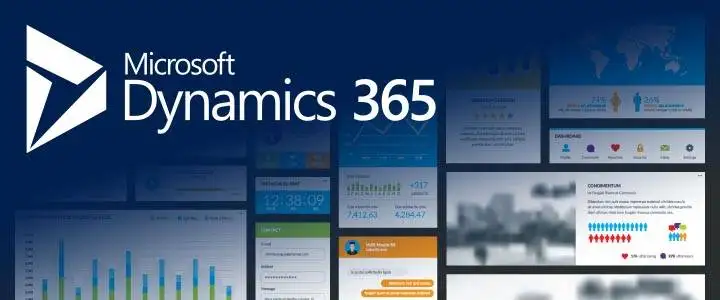- September 15, 2023
- Posted by: Vineeta Birthlal
- Category: Microsoft Dynamics ERP System

Are you considering switching from Salesforce to Microsoft Dynamics 365 for your business operations? To achieve a seamless transfer, starting a migration journey takes meticulous planning and execution. With the help of this guide, you can successfully plan and carry out a migration from Salesforce to Microsoft Dynamics 365 and take advantage of all the features offered by your new CRM system.
Understanding the Need for Migration
Understanding the motivations for choosing to switch from Salesforce to Microsoft Dynamics 365 is crucial before beginning the migration process. Organizations frequently decide to relocate for a number of reasons, including:
1. Enhanced Integration: A more unified ecosystem is made possible by the enhanced integration of Microsoft Dynamics 365 with other Microsoft tools and products.
2. Cost-effectiveness: The pricing structure of Microsoft Dynamics 365 is appealing to businesses looking for affordable CRM solutions.
3. Unified Platform: Cross-functional cooperation is made possible by Dynamics 365’s unified platform, which unifies sales, customer support, marketing, and more.
4. Flexibility and Customization: Dynamics 365 offers great flexibility and customization so you may customize the CRM to your unique company requirements.
Keys to a Successful Migration Plan
Planning and Evaluation:
Analyze the workflows, data, and Salesforce configuration you currently have.
Decide which processes, records, and data should be transferred to Dynamics 365.
Establish your budget, deadlines, and migration targets.
Data preparation and cleaning:
Make sure your data is accurate and consistent by cleaning and organizing it.
To remove duplicate, obsolete, or useless material, identify it.
To ensure a smooth transfer, map data fields between Salesforce and Dynamics 365.
Configuration and Personalization:
Adapt Dynamics 365 to your specific business procedures and workflows.
Create configurations for entities, fields, forms, views, and dashboards.
Make sure integrations or custom code are compatible with Dynamics 365.
Migration of data:
To migrate your data, pick the proper migration tools or services.
Move historical records, sales possibilities, customer interactions, and key customer data.
Verify the accuracy and integrity of the data following the migration.
User adoption and training:
Your employees should receive effective Dynamics 365 use training.
Address user issues, offer advice, and promote adoption.
Utilize the training materials and assistance offered by Microsoft or your implementation partners.
Tests and Quality Control:
Conduct thorough testing to find and fix any problems.
Workflows, automation, and integrations should all be tested.
Verify that Dynamics 365 satisfies the needs of your company.
Managing Change:
Inform your staff of the advantages of the migration.
Address concerns and be ready for any potential opposition to change.
Emphasize how Dynamics 365 will enhance their day-to-day activities and results.
Support for Go-Live and Post-Migration:
Implement the migration in a regulated setting.
Make sure there is little interruption by regularly monitoring the changeover.
Provide prompt post-migration assistance to all users to address any issues.
· Collaborating with migration specialists
Consider working with seasoned migration specialists or Microsoft Dynamics installation partners to ensure a smooth transition from Salesforce to Microsoft Dynamics 365. Your whole migration process, from assessment and planning to data migration and user training, can be facilitated by their experience.
Conclusion
To successfully transition from Salesforce to Microsoft Dynamics 365, careful preparation, exhaustive testing, and a strategic approach are necessary. You can guarantee a successful migration that supports your company’s objectives and equips your team to make the most of Dynamics 365 by following the detailed instructions in this manual.
Reach out to Al-Futtaim Technologies, your go-to partner for seamless Salesforce to Microsoft Dynamics 365 migrations, if you’re prepared to start this conversion adventure. Our knowledgeable team is dedicated to delivering a seamless transfer that promotes productivity, teamwork, and expansion.



